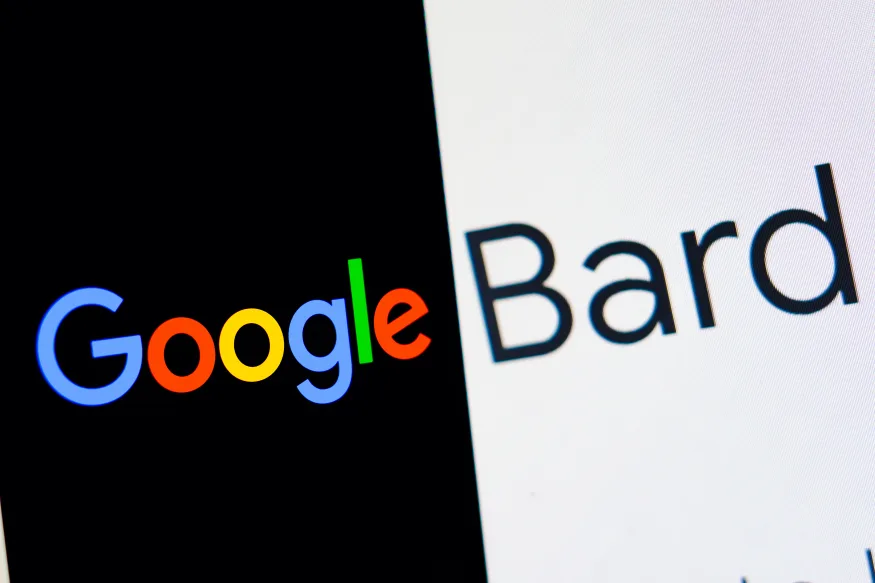Language models can help with coding by providing assistance in writing code, generating code snippets, and even debugging code. They can also provide explanations for why certain blocks of code produce a particular output, which can be incredibly helpful for those who are just starting to learn programming. Additionally, language models can analyze existing code and suggest ways to optimize it for efficiency and speed. With their ability to process vast amounts of data and generate highly accurate predictions, language models are becoming an increasingly powerful tool for programmers and developers. As per recent reports, Google has integrated coding capabilities into its AI chatbot, Bard.
Bard will support Java, Python, Javascript, C++ and more
The tech giant has equipped Bard with the ability to generate, debug, and explain code in 20 programming languages, including Java, Python, JavaScript, and C++. Moreover, Bard can integrate with Google’s other products, such as Colab and Sheets. Aside from generating code, Bard can provide explanations for code snippets and assist with debugging. While it can optimize existing code, Google advises testing Bard’s output since it may be incomplete or produce unexpected results.

Bard’s programming capabilities could be a valuable resource, especially for beginners, as it explains how and why certain code produces a particular output. Google opened up access to its AI chatbot earlier this year, but it still has a long way to go before reaching ChatGPT‘s level of popularity. Google continues to improve Bard in various ways, using its new language model, PaLM, to power recent upgrades. The company has also created an “experiment updates” page to track the chatbot’s changes as it adds new features and performs bug fixes. Bard’s recent programming capabilities show how Google is continually developing AI to make life easier for its users, and its integration with other Google products makes it an attractive resource for those seeking programming assistance.
RELATED:
- Stay Up-to-Date with Google Bard’s New “Experiment Updates” Page
- Google Bard Gets a Major Upgrade to Compete with ChatGPT and GPT-4
- Best Apple Watch Bands 2023
(Via)







